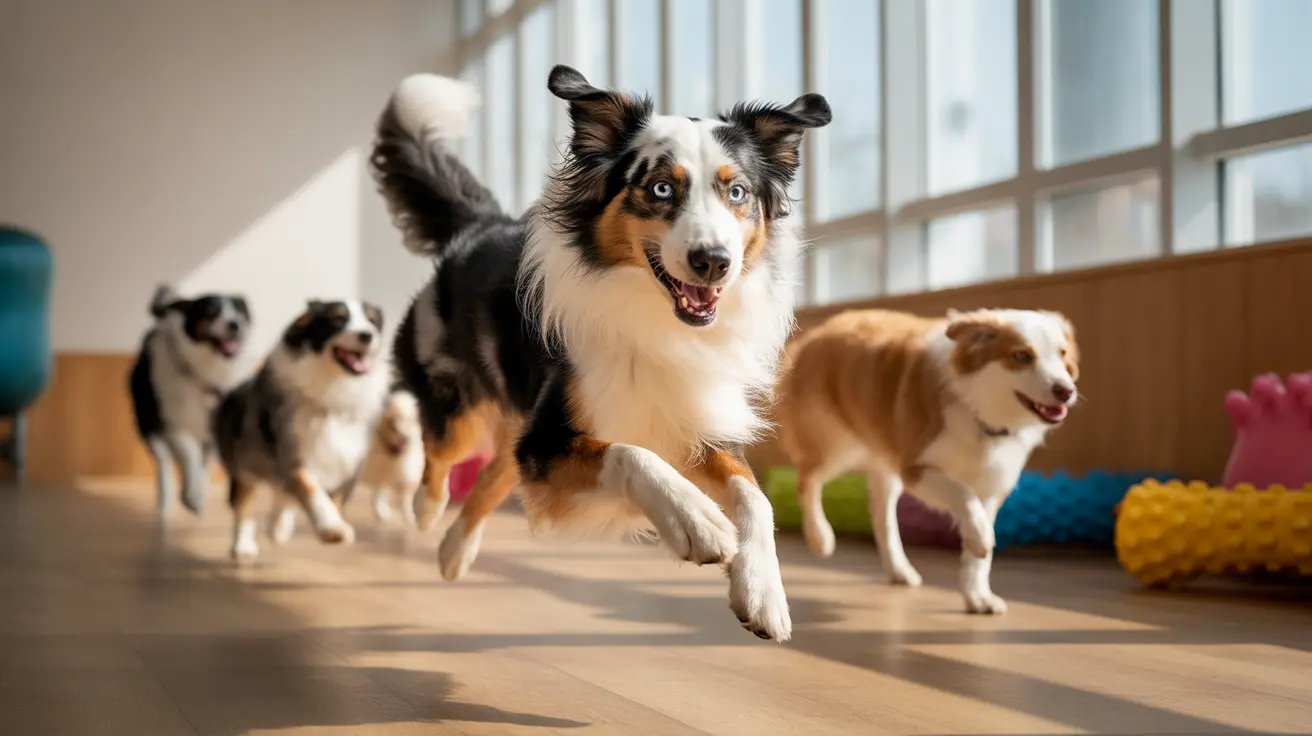Why Recall Is the Hardest Command to Teach Your Dog
Training a dog can be a joyful and rewarding experience. With the right mindset, tools, and consistency, many dogs can learn basic and advanced commands. However, some commands undeniably present greater challenges than others. Among them, the command that pet trainers and behaviorists often agree is the most difficult is recall—the act of getting your dog to reliably come when called.
Why Is Recall So Difficult?
- Natural Distractions: Dogs are innately curious. Whether it’s a squirrel darting up a tree, a novel scent, or other dogs, distractions abound and make it hard for them to respond to a recall cue.
- Competing Reinforcements: The environment may offer more compelling rewards than the handler does, such as food scraps, freedom, or playtime with other animals.
- Lack of Generalization: Dogs often learn a behavior in one setting but struggle to apply it in new locations or amid different stimuli. Being reliable at recall requires that the dog understand the cue in many situations.
Common Mistakes That Undermine Recall Training
According to expert trainers, there are several key pitfalls that can make teaching recall even harder:
- Repetition of the Cue: Saying “Come” multiple times teaches the dog that responding immediately is not necessary.
- Negative Associations: Using the recall cue to initiate events the dog dislikes (like baths or crate time) can cause them to avoid responding.
- Lack of Reinforcement: Not rewarding sufficiently when the dog returns can reduce their interest in repeating the behavior.
- Training When Frustrated: Dogs are sensitive to tone and mood. Training when you are stressed compromises their willingness to engage.
Effective Strategies to Improve Recall
While recall is challenging, success is possible with diligent application of positive training techniques.
- Make Recall Fun: Use an enthusiastic tone and playful body language. Make the recall feel like a celebration so your dog is excited to return.
- Use High-Value Rewards: During early stages or particularly difficult distractions, use treats or rewards your dog finds irresistible. Save the best for when recall is obeyed!
- Limit and Shape the Environment: Begin training in a distraction-free indoor space and gradually add more difficult environments (backyard, dog park, etc.).
- Train in Short Bursts: Dogs have short attention spans. Aim for 5–15 minute sessions multiple times a day to reinforce behavior without boredom or burnout.
- Practice Generalization: Once your dog performs the command well in one place, train in new locations to help them understand that “Come” always means the same thing, regardless of where or when.
- Don’t Poison the Cue: Avoid associating the recall cue with anything aversive. For example, if your dog hates baths, don’t call them with “Come” to start bath time.
- Use a Marker: Clickers or verbal markers like “Yes!” at the exact moment your dog complies help strengthen the association and bridge the behavior to the reward.
- Stagger Rewarding: Once your dog reliably recalls, you can shift from rewarding every time to a variable rate of reinforcement. This keeps behavior strong and consistent.
- Be Patient: Learning reliable recall can take months. Stay consistent, stay positive, and keep practicing in small, manageable steps.
Tools That Can Help
Several tools can facilitate recall training:
- Long Line: A 20–50 foot leash allows your dog to explore while still giving you control to reinforce the recall command.
- Whistle: A dog training whistle can produce a consistent, neutral tone useful for recall, especially at longer distances.
- Clicker: A clicker can signal correct behavior and help bridge reward timing.
Consistency Is Key
One of the recurring principles in successful dog training is consistency. Regardless of the environment or situation, ensure every session uses the same verbal cue, tone, and reward system. Your dog learns faster when the rules and expectations never change.
Final Thoughts
It’s understandable why recall is considered the hardest command to teach. It requires extensive conditioning, patience, and creativity from the handler. Fortunately, by avoiding common training mistakes, maintaining a positive attitude, and making recall engaging, you can improve your dog’s response and achieve reliable obedience. Ultimately, teaching strong recall not only supports good manners—it can also be lifesaving. So while it's hard, it's absolutely worth the effort.





